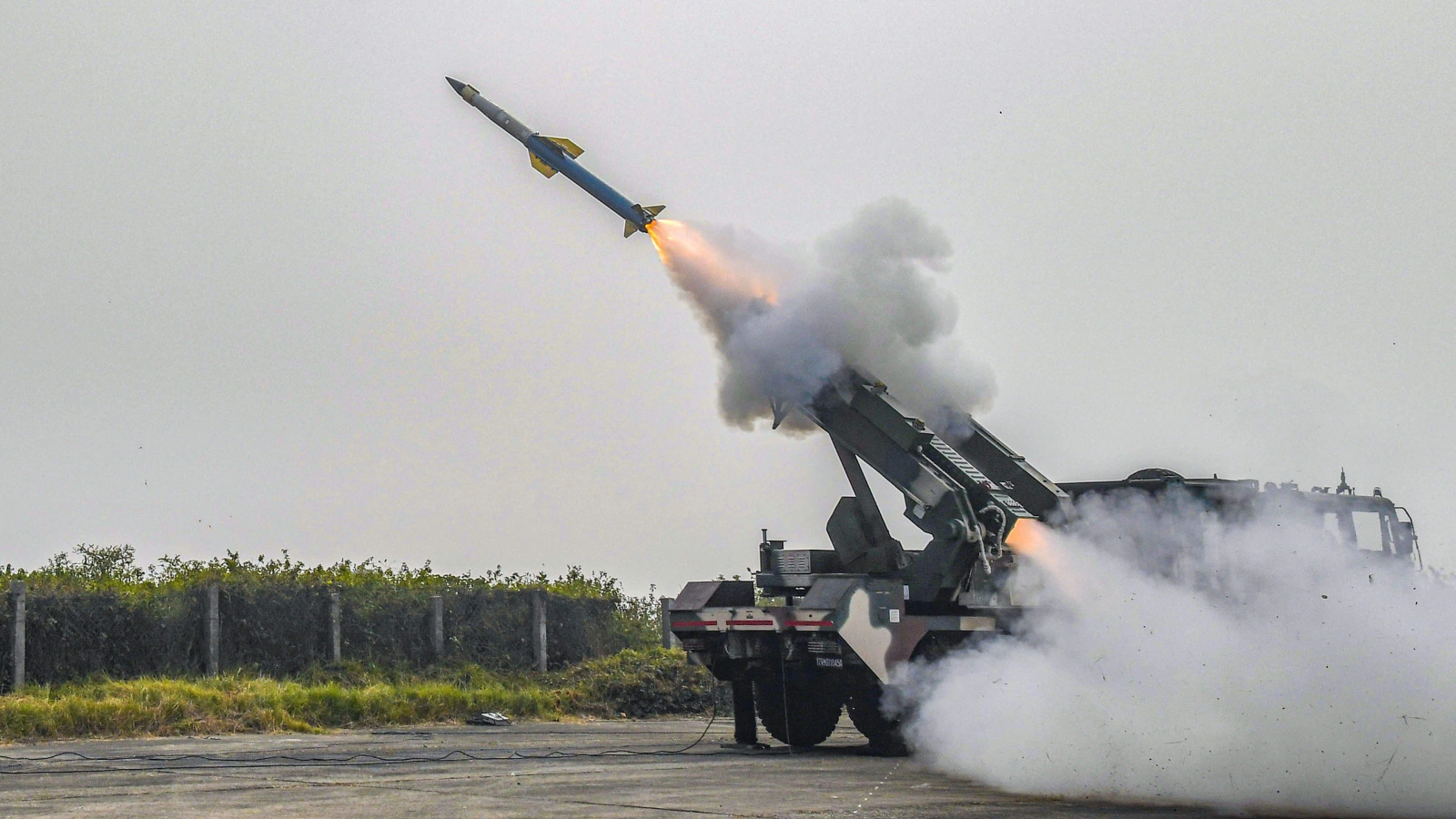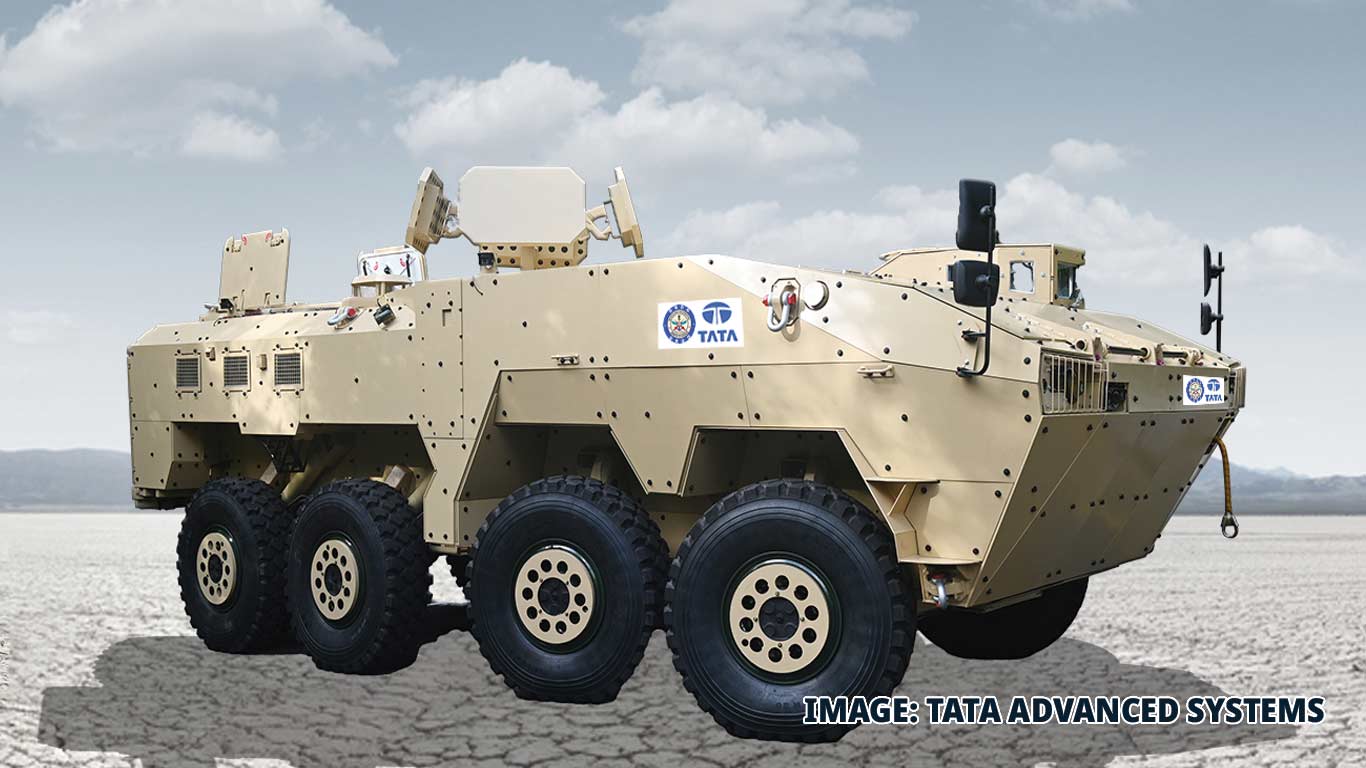By Akash Sharma,Karishma Jain,News18
Copyright news18

The Indian Army has moved to bolster its air defence shield with a nearly Rs 30,000 crore push for indigenous firepower. A fresh Request for Proposal (RFP) has been issued to Bharat Electronics Limited (BEL) for the production of the Quick Reaction Surface-to-Air Missile (QRSAM) system, which will enter service under the evocative name ‘Anant Shastra’.
Developed by the Defence Research and Development Organisation (DRDO), the mobile missile system is designed to guard Army formations against a fast-changing spectrum of aerial threats, from enemy fighter jets and helicopters to swarms of drones and loitering munitions.
With three regiments planned for deployment along the western and northern borders, Anant Shastra promises to give the Army’s frontline troops a shield that moves with them.
What Is Anant Shastra?
Anant Shastra is the new name for the indigenous Quick Reaction Surface-to-Air Missile (QRSAM) system, designed and developed by DRDO and to be produced by BEL. Bharat Dynamics Limited (BDL) will support missile production.
Unlike static air defence assets, Anant Shastra is mounted on 8×8 high-mobility vehicles, enabling it to move with tanks, infantry combat vehicles (BMPs), and artillery guns across deserts, plains, and mountains.
Its role is clear: to guard India’s mobile battle groups against both traditional air strikes and new-age dangers like drones and loitering munitions.
How Many Regiments Are Planned?
The Army has planned three regiments of Anant Shastra initially. Each regiment will be deployed along critical sectors of the western and northern borders with Pakistan and China.
These units will ensure that formations on the move remain secure from low- to mid-altitude aerial threats, a zone referred to as the Air Littoral, stretching up to 10 km, where enemy aircraft, helicopters, and drones typically operate.
Key Features Of Anant Shastra
Range & Altitude: Neutralises targets 30–40 km away, effective at altitudes of 6–10 km. Can destroy fighter jets, attack helicopters, drones, rockets, and missiles.
Mobility: Vehicle-mounted, able to accompany the Army in all terrains including mountains, deserts, and plains.
Technology Edge: Equipped with 360-degree surveillance radars, automated command and control, and all-weather tracking.
Resilience: Resistant to electronic jamming, ensuring precision under hostile battlefield conditions.
Firepower: Armed with pre-fragmented warheads and solid-fuel propulsion for rapid response.
How Will It Help The Army?
For decades, the Indian Army has relied on systems like the Soviet-origin OSA-AK and the indigenous Akash SAM for battlefield air defence. While these remain effective, emerging threats such as drone swarms, precision-guided munitions, and loitering weapons demand a more agile and responsive shield.
Anant Shastra is built precisely for this. Integrated into the Army’s Akashteer Command & Control Network, it will not just protect soldiers and equipment but also act as a force multiplier, allowing mechanised columns to advance without being hampered by fear of overhead strikes.
A Symbol Of Atmanirbharta
This system is not just about military capability, it is also about self-reliance. Developed indigenously by DRDO and to be manufactured by BEL, with support from Bharat Dynamics Limited, Anant Shastra reflects the government’s Atmanirbhar Bharat vision.
Its induction, worth nearly Rs 30,000 crore, follows the recent approval of the Defence Acquisition Council (DAC), signalling the government’s push to replace imports with world-class indigenous systems.
Strategic Significance
The timing of Anant Shastra’s induction is critical. With recent conflicts around the world showing how drones and loitering munitions can cripple even advanced militaries, India is ensuring that its frontlines remain secure.
During Operation Sindoor, the Army’s air defence units demonstrated their ability to act as a wall against aerial threats. With Anant Shastra, that wall will get both taller and stronger, firmly securing the skies over soldiers, tanks, and guns.
The Road Ahead
Anant Shastra is more than just a missile system. It is a battlefield revolution, giving India a mobile shield that blends agility, resilience, and cutting-edge technology.
As the Indian Army moves to induct three regiments of Anant Shastra, it marks not just a procurement but a decisive step into the future, one where indigenous innovation guards the nation’s skies.



